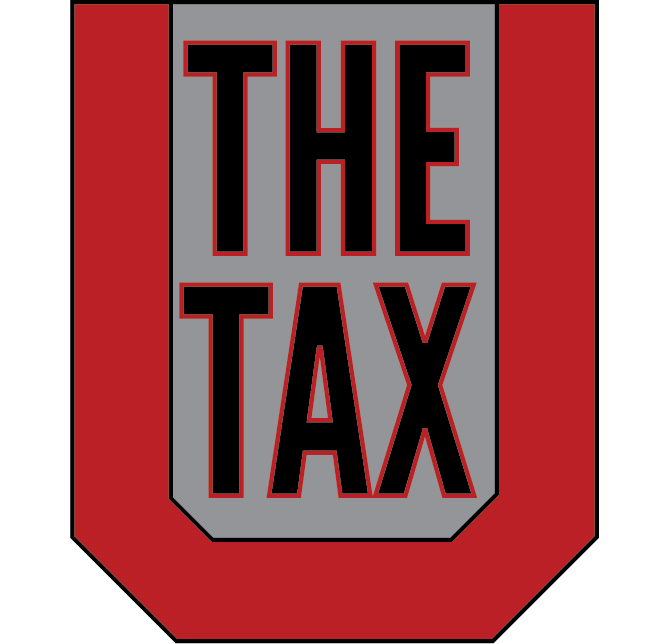IRAs – Contributions & Distributions
for Traditional, Roth, SEP & SIMPLE IRAs
Overview
This comprehensive training is designed to get the accountant up to speed quickly with the different types of individual retirement accounts (IRAs). The cornerstone of the course is an in-depth coverage of the contribution and distribution rules to the Traditional, Roth, Simplified Employee Pension (SEP) and Savings Incentive Match Plan for Employees (SIMPLE) IRAs. The course will also discuss the basics of the health savings account (HSA) as well as any newly enacted tax legislation related to IRAs.
Learning Objectives
Once participants have completed this session, they should be able to:
-
Compare and contrast the tax and non-tax advantages and disadvantages of the various IRAs (i.e. Traditional, Roth, SEP, SIMPLE and HSAs)
-
Calculate the maximum contributions to and taxable distributions from the various IRAs
-
List the exceptions to the 10% early withdrawal penalty from IRAs
-
Explain the rules and compute the required minimum distribution (RMD) from the IRAs during an account owner’s life (i.e., turns age 72 ½) and after their death
Course Highlights
Each attendee will receive the most comprehensive IRA reference manual with numerous practice aids, examples and required minimum distribution tables. Topics include but are not limited to:
-
An emphasis on newly enacted tax legislation affecting IRAs including the NEW final required minimum distribution (RMD) regulations
-
Contribution limits to and tax treatment of distributions from Traditional, Roth, SEP and SIMPLE IRAs
-
Deductible phase-out limits for Traditional IRA contributions for taxpayers that are active participants in qualified retirement plans
-
Roth IRA contribution phase-out limits as well as tax-free qualified distributions
-
Planning opportunities for conversions to ROTH IRAs
-
Rollover rules to/from different retirement accounts and the one-rollover-per-year limitation
-
The different options of receiving IRA distributions before age 59 ½ and avoiding the 10% early distribution penalty (including substantially equal periodic payments)
-
The required minimum distribution (RMD) rules from IRAs needed to avoid the 50% penalty after the account owner turns age 72 or dies
-
The tax ramifications of spouse and non-spouse beneficiaries and how this affects the RMD calculation after the account owner’s death
-
Overview of health savings account (HSA) eligibility rules, contribution limits and distribution rules
Who Should Attend?
Professionals that advise clients on all aspects of IRAs and want to maximize retirement plan contributions, minimize the taxes on distributions and learn the ins and outs of distributions from these accounts.
Area of Study
Taxes
Level
Intermediate
Credit Hours
8 hours
Prerequisite
Background in individual and business income tax law
Type of Class
Group Live or Internet Based
